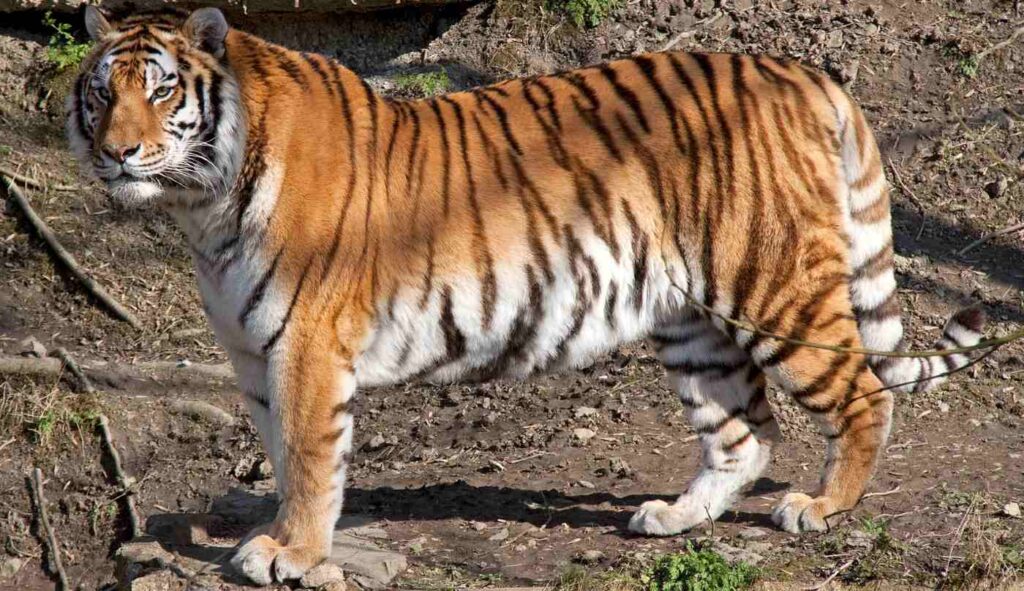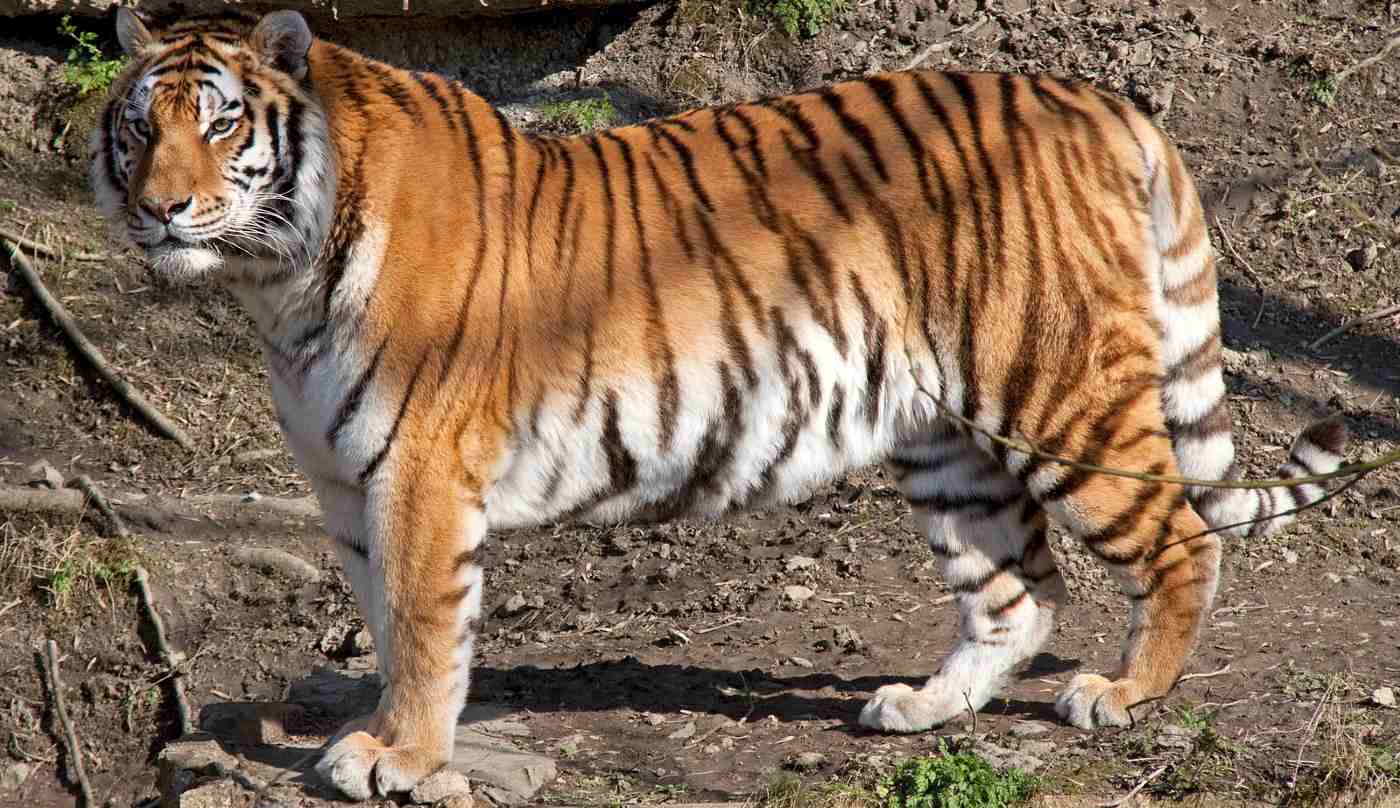
If you have a population of the world’s most endangered tiger in your country, what’s the best way to ensure your grandchildren can see them in the wild? Creating a national park twice the size of Yellowstone is a great place to start.
That’s what China did, and it worked. Recent population censuses on the critically-endangered Amur tiger (Panthera tigris altaica), which included camera trap footage, have shown 55 individuals prowl the four forested nature reserves in the country’s frigid northeast.
In 2016, with Amur tiger and leopard numbers nail-bitingly low, China established the Northeast Tiger Leopard National Park, the largest tiger reserve on Earth at 5,800 square miles (15,000 square kilometers).
Population surveys from 2013-2018 which included the area within the park and other nearby reserves estimated that the northeast of China could sustain a population of 310 tigers. Huge ranges of unbroken habitat are, unfortunately, necessary to sustain large cold-weather cats. But the researchers note that based on the steps already taken by the government, such a goal is achievable.
It would have been a mighty strange thing for China to exist without the tiger. They have a “year of the tiger.” The tiger has been depicted repeatedly in embroidery, porcelain, imperial sculpture, and painting for thousands of years. One of the many animal forms of Kung Fu is tiger. As a cultural icon, protections afforded to the tiger have the added benefit of protecting much larger ecosystems containing animals that don’t necessarily need as much space as the majestic cats.
The northeast of China has been dominated by heavy industry for decades, but shifts away from coal and timber harvesting is starting to change the land-use and demographics of the region.
RELATED: First Galápagos Study of Pink Iguanas Reveal New Details – And Rangers Believe They Can Be Saved
Increased availability of prey species, a recommendation made by the surveyors, could be another positive knock-on effect of increased tiger conservation in China, and would not only bolster the natural processes of the ecosystem, providing food for tigers, leopards and carrion birds, but also help to create greater natural stability, as a forest bereft of herbivores is impeded from its optimal health.
Furthermore, the greater the numbers of game species for the tigers, the few cattle and dogs they will eat, a problem that has hindered their recovery in some regions.
“Persistent efforts to protect tigers have paid off,” Dale Miquelle, director of the Wildlife Conservation Society in Russia, another nation that has facilitated an Amur tiger rebound, told Mongabay. “Change has not come quickly, but there has been slow, steady progress, and we see there are great opportunities for even more recovery.”
Next year will be the Chinese Year of the Tiger, and world efforts to double the number of tigers in the wild came quite close to succeeding, with China, India, Nepal, Russia, even Myanmar and Malaysia, all experiencing growth in the number of tigers. Over a ten-year period, Russia’s policies led to a 100-cat growth in the numbers of Amur tigers in their far-eastern region.
The “TX2” Initiative was described as the most ambitious conservation project ever undertaken, and while 6,000 tigers proved to be overly ambitious, million of acres of habitat were created, and populations grew by 1,000 tigers or more during the decade.
HELP Good News Roar—Share This Story on Social Media…




















